Israel’s Will to Remember
When is a stone more than a stone? When it causes us to remember the things God has done.
I am more of a doer than a thinker. It takes discipline for me to think before I act. Spending two weeks in Israel this year gave me time to think, and the word memorial kept coming to mind. Israel is filled with memorials. So I decided to do a little research and discovered the largest memorial in the world is the Great Ocean Road, a 151-mile (243-kilometer) stretch of scenic beauty running along the southwest coast of Victoria, Australia.
To learn more about it, I contacted Deane Woods, a Friends of Israel representative in Australia, a wonderful Bible scholar, and my personal Australian answer man. He told me, “So many Australians enjoy the beauty of the Great Ocean Road but are completely ignorant of, or have forgotten if they were ever told, that the road exists to be a permanent memorial of the journey and sacrifice of their forefathers. Sadly, the years have eroded the memory of significant events in the nation’s history.”
An eroded memory is like kryptonite (deadly danger) to any memorial. On our Canadian Up to Jerusalem trip, we saw many of Israel’s memorials; and each one tells a story. In the hope of preventing eroded memories, here are some major memorials we visited that I want to share with you.
Memorial to the Holocaust
Israel was birthed from the ashes of the Holocaust. Its famous memorial, Yad Vashem (Hebrew for “a place and a name,” Isa. 56:5) was built to honor and remember the Jewish people murdered by the Nazis and to teach every visitor the vile consequences of anti-Semitism. We spent two and a half hours slowly, somberly, and quietly walking through Yad Vashem.
Before we entered the building, we stopped at a sculpture of a man with his arms around several children. The man was Janusz Korczak, a Gentile-Polish author and educator who worked tirelessly to protect Jewish orphans during World War II. Though the Nazis offered him freedom, Janusz Korczak never left “his children” and died with them in the Treblinka extermination camp.
After hearing his story, every member of our team took a stone and placed it on the sculpture, a tribute to the Jewish tradition of placing a stone (a small monument) on a grave to tell others someone remembered this individual and cared enough to pay respects.
Carob trees line the museum grounds as living memorials. We saw thousands of trees, each honoring a “righteous Gentile”—someone who rescued Jewish people during the Holocaust. Why the carob tree? On her website, well-known writer and Israeli guide Miriam Feinberg Vamosh explained: “‘Carobs only bear fruit under stress, where no other fruit will grow.’ Right then and there,” she said, “I connected to the Yad Vashem carobs: They symbolize the people who ‘bore fruit’ in a desert of evil and immorality.”1
Testaments of Perseverance and Courage
Rusting, burned-out skeletons of armored vehicles line a small stretch of Highway 1 between Tel Aviv and Jerusalem. They, too, are memorials, remnants of the 1948 War of Independence left behind to remind passersby of little Israel’s great struggle to get supplies to the 100,000 Jerusalemites cut off from the rest of the country during that time.
The Jordanians held the high ground over this road and used their position to attack incoming trucks. Later, Israelis built another road they used until 1967 when they defeated the Jordanians in the Six-Day War and recaptured the Old City and Jewish Quarter.
We drove to the top of the Golan Heights where remnants of trucks and tanks memorialized Israel’s battles with the Syrians in both the Six-Day War and 1973 Yom Kippur War. The memorials told of miraculous Jewish victories when Israel was outgunned and outflanked.
Scattered across the fields “Danger!” signs held up by barbed wire warned us of land mines the Syrians planted many years ago that are still potentially active today. The land mines and signs reminded us of how God enabled Israel to do the impossible and capture that strategic site.
Jerusalem Past
The excavated remains of the City of David reminded us of Israel’s second king—David, the sweet psalmist of Israel—and how he brought the Ark of the Covenant to Jerusalem and established the city as the nation’s capital.
We stood before the Western Wall and later on the southern steps of Herod’s Temple, which existed in the time of Jesus but was destroyed in AD 70. Touching that wall and treading those steps helped us envision Jesus at the Temple, walking east to the Mount of Olives. Then we stood on the Mount of Olives, gazed across the Kidron Valley, and beheld the Eastern Gate.
It was thrilling to read the words of Scripture: “And in that day His feet will stand on the Mount of Olives, which faces Jerusalem on the east. And the Mount of Olives shall be split in two, from east to west, making a very large valley; half of the mountain shall move toward the north and half of it toward the south” (Zech. 14:4). It helped us focus on when Jesus Christ will return from heaven, touch down on the Mount of Olives, and reign as David’s greater Son in a new Temple in His Kingdom for 1,000 years.
When Joshua Entered the Land
Leaving Jerusalem and driving toward the Dead Sea we stopped at a desolate, barren, gravel-filled patch of land where we read from Joshua 4. God chose Joshua to lead the Israelites into the Promised Land. To enter, they had to cross the Jordan River, which they did through a miracle.
As the priests carried the Ark of the Covenant into the overflowing Jordan, “the waters which came down from upstream stood still, and rose in a heap very far away at Adam” (Josh. 3:16); and the Israelites crossed the Jordan on dry land (v. 17).
Then the Lord told Joshua to choose 12 men, one from each tribe, to take a stone from the middle of the Jordan, place it on their shoulders, and carry it about two miles to Gilgal where they were to stack them as a memorial:
When your children ask in time to come, saying, “What do these stones mean to you?” Then you shall answer them that the waters of the Jordan were cut off before the ark of the covenant of the LORD; when it crossed over the Jordan, the waters of the Jordan were cut off. And these stones shall be for a memorial to the children of Israel forever (4:6–7).
So we also chose 12 men. Each one picked up a stone, and we made our own gilgal, meaning “circle of stones.” Though our little gilgal may not stand long, it was a monument to our visit to the Promised Land; and it made us freshly aware that God is as faithful to us today as He was to the Israelites millennia ago.
God’s Monuments for Us
After years of drought, Israel has received an abundance of rain—much of it while we were there! The Sea of Galilee was nearly full, a first in almost 20 years. And God sent us a rainbow, a memorial to His faithfulness never to judge the earth again with a flood.
We crossed the Jordan River, a great reminder of Jesus’ baptism there and our personal connection with Him through our own baptisms after we place our faith in Him alone. We spent time at the Garden Tomb in Jerusalem and took communion there, singing quietly, reading Scripture, and praying. We thanked the Lord for providing a place, authentic or not, to thank Him for the price He paid for our salvation.
As I contemplated all these monuments, I realized there were two more: Israel, which is a testimony to the greatness and faithfulness of God, who never fails to keep His promises; and our team—our little body of 49 believers in Christ from Canada and the United States—which was a monument of His grace to His church.
Two monuments, Israel and the church. Fortunately for us, God is not finished with either one. I pray the blessings He has bestowed and the promises He has already fulfilled and will yet fulfill will not be eroded from our memories.
ENDNOTE
-
- Miriam Feinberg Vamosh, “Carob Trees, the Bible, and Righteous Gentiles,” miriamfeinbergvamosh.com (tinyurl.com/MFVcarob).
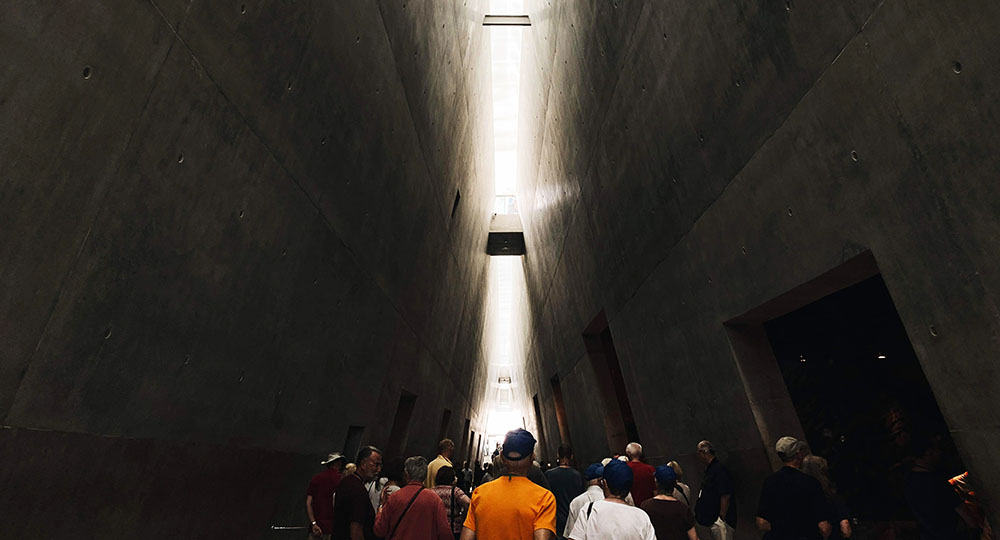

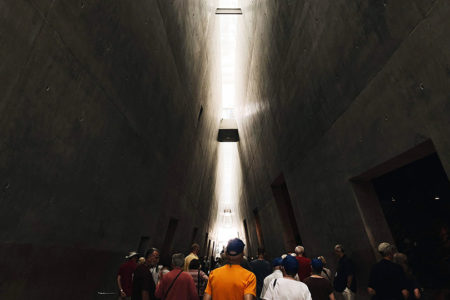

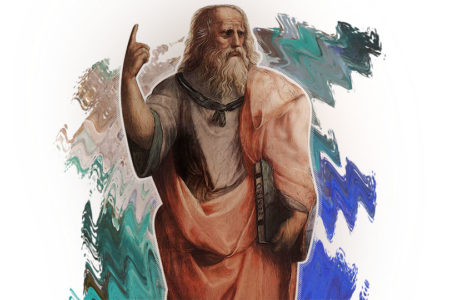

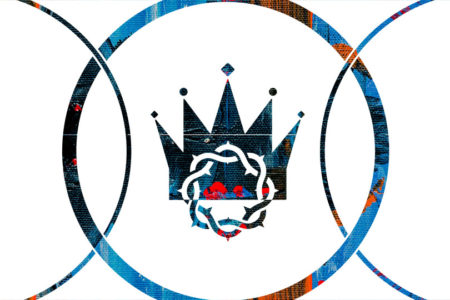

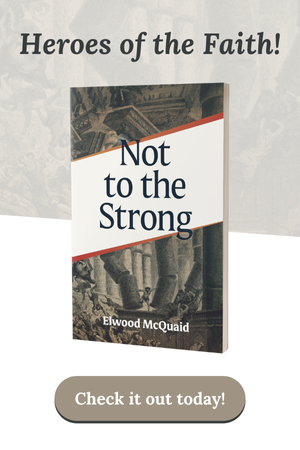
Is Miriam Feinberg Vamosh related to Charles Feinberg, please?
Thank you.
So blessed to read your articles. I have with me old copies of Israel My Glory 2013 publication. It always blesses me to read again and again your articles. Then I saw your web pages. Glory to God. Shalom
To Christ the Living Stone, we as living stones coming to Him as our Great Shepherd and High Priest are being built up together as a spiritual house of temple pattern, a holy priesthood. Elect, precious Cornerstone of this household of worshipers beholding His glory, each stone in believing is transformed into like preciousness of divine nature holy and without blame before His eye in love. King of grace’s reign soon as the Headstone of the corner will complete this house exceeding magnifical, a royal priesthood of a royal law, each member to his neighbor will minister His good, by the law of the Spirit of life in Him messaging out the virtues of Him that has called us out of darkness into His marvelous light will meet Him in the air to see Him as He is in never diminishing wonder.
How beautiful.
I had the honor to visit Israel in 2011. As I read your description of the places you visited, it brought back pleasant memories. I, too, had visited those places. I can’t wait to walk down those paths and streets with my Lord and Savior, Jesus Christ.